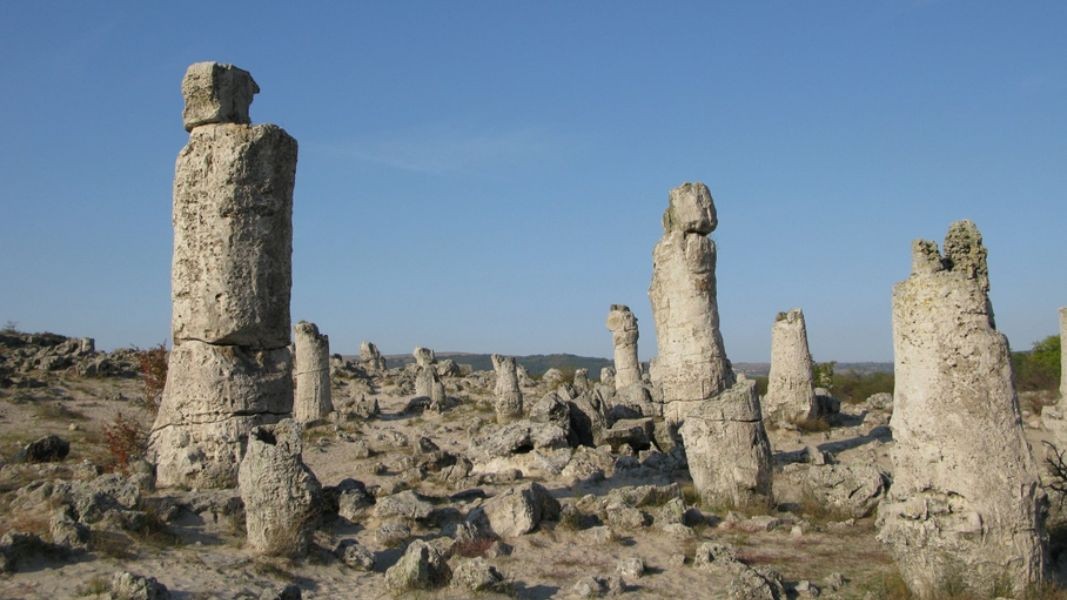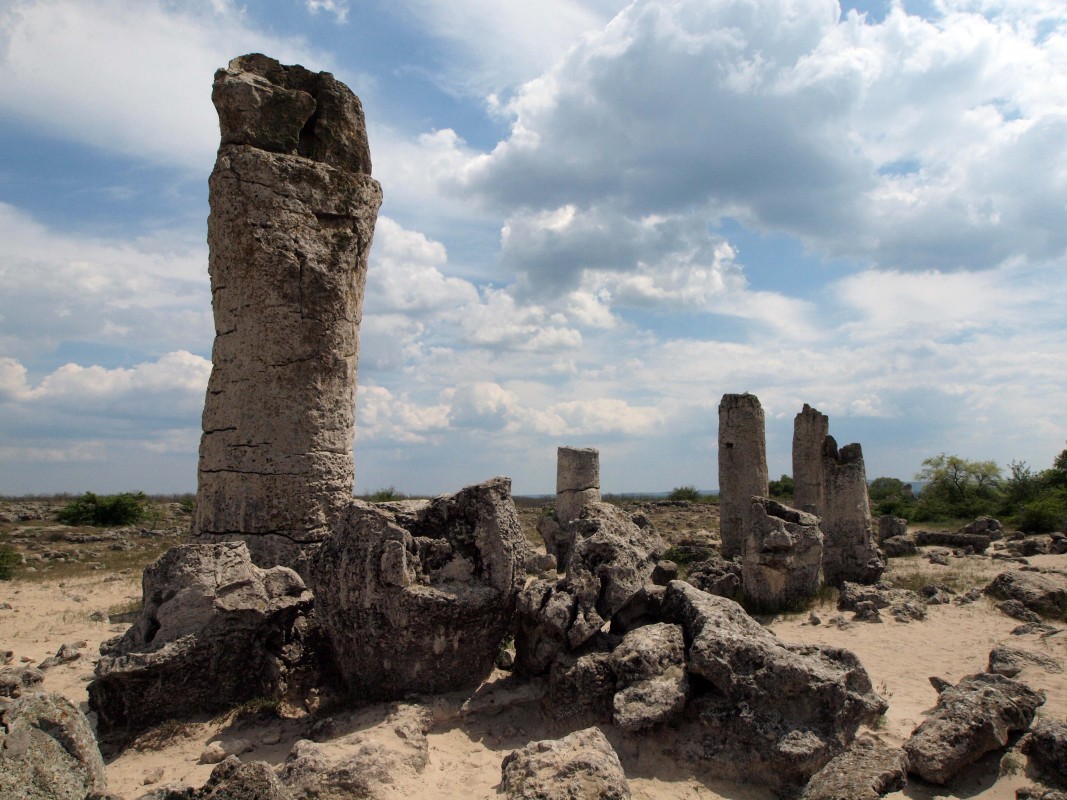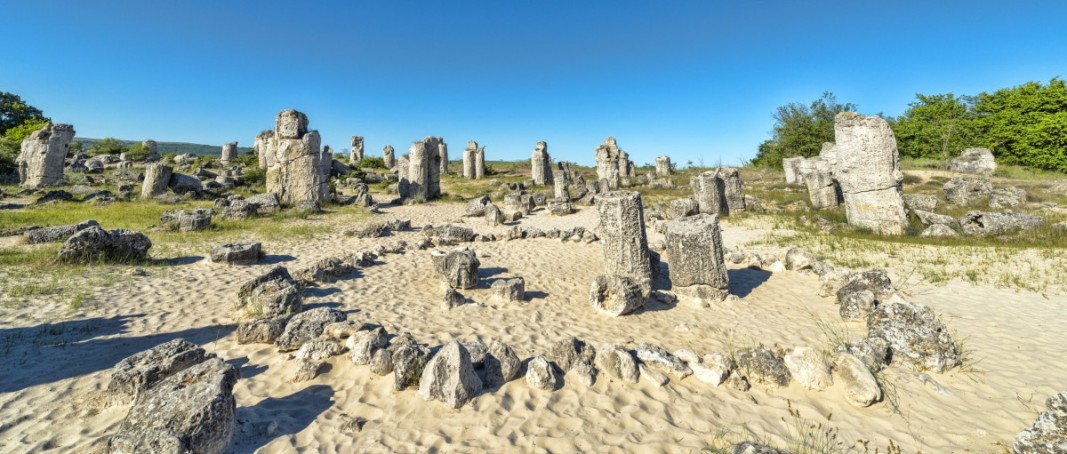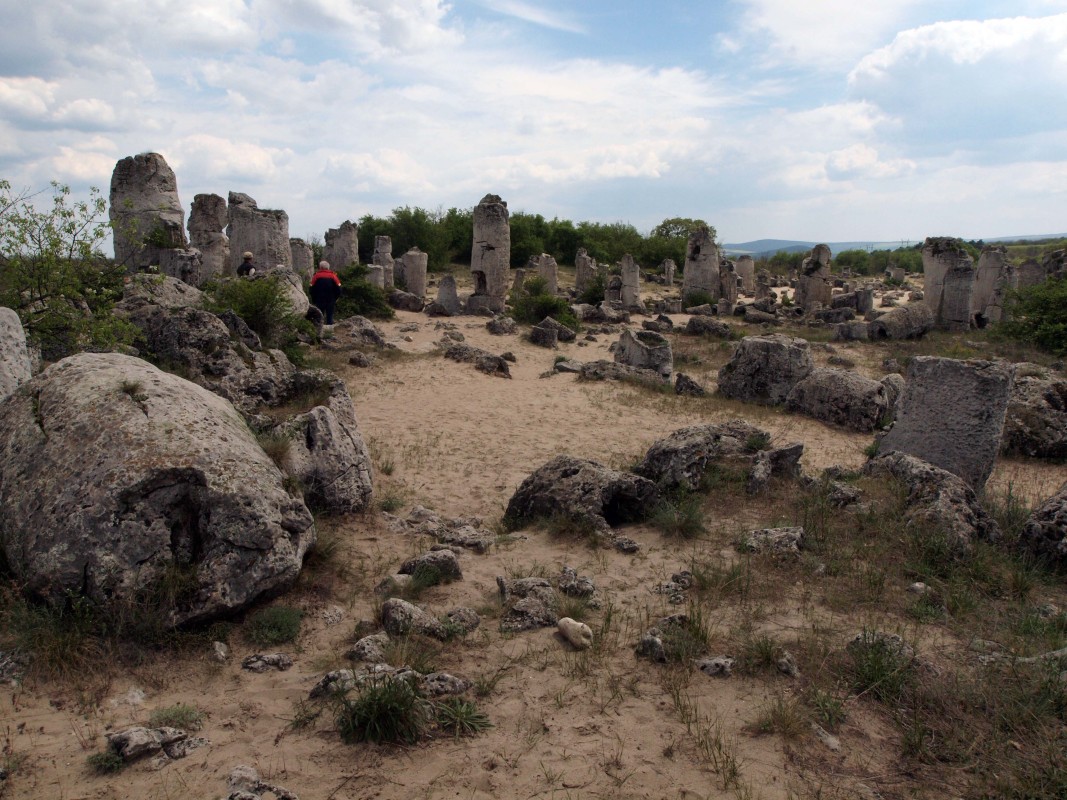



Bulgaria has a unique tourism potential and we are here to present it in the best way. This was stated by the Minister of Tourism Miroslav Borshosh regarding the country's participation in the largest international tourism exhibition in the world,..
Bulgaria will participate in the 2025 Osaka World Expo with a national pavilion, where Bulgarian students will work, as proposed by the Ministry of Tourism. Bulgaria will have its own pavilion of the highest class – type "A", said the..
In winter, the well-known Bulgarian town of Kotel known for its National Revival Period architecture attracts tourists with cultural routes, frosty landscapes and the opportunity to ski in the folds of the Balkan Mountains. About 4 km from the center of..
Bulgaria has a unique tourism potential and we are here to present it in the best way. This was stated by the Minister of Tourism Miroslav Borshosh..

+359 2 9336 661
